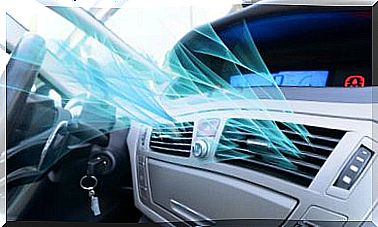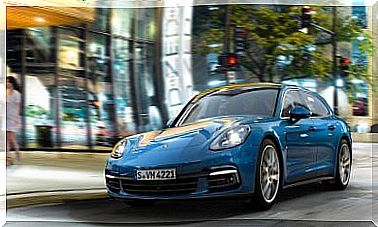Regulations And Effects Of Medication Behind The Wheel
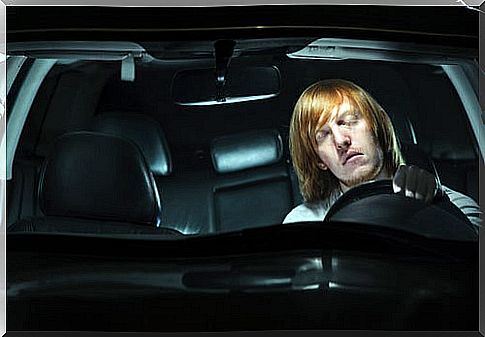
Road safety is a concern of the rulers; accidents and accidents are becoming more frequent and serious. Deaths and disabilities caused by vehicle accidents are increasing by the day. And watch out, because medication at the wheel raises the risks.
To address the issue comprehensively, we will include all the factors that impact these catastrophes. In this sense, statistics show that the effects of medication while driving are the cause of approximately 5% of traffic accidents.
Traffic regulations and use of medicines
Current regulations establish definitions, prohibitions and sanctions as regards transit. Article 27 of the General Traffic Regulation, consolidated by Royal Decree 1428/2003, is especially dedicated to everything related to the effects of medication while driving:
- With the title ‘Narcotics, psychotropics, stimulants or other analogous substances’, the aforementioned regulation prohibits the driving of vehicles to people who have consumed any of these substances.
- For the avoidance of doubt, the Regulation specifies the case of the effects of medication: “… will include, in any case, medications or other substances under whose effect the appropriate physical or mental state is altered to circulate safely.”
- It is also established that infractions of this rule will be considered very serious, for which the corresponding fines and penalties are determined.
What are the possible effects of driving medication?
Driving a car requires a complex integration of multiple sensory, cognitive and motor functions; if any of them are altered, the risk of accident appears.
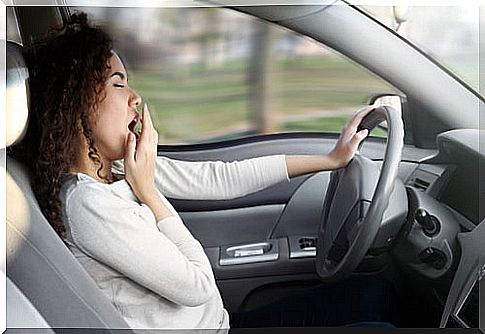
The most damaging and frequent effects are:
- Drowsiness or sedative effect There are 20% of accidents that occur because people fall asleep while driving; This is one of the most common effects of driving medication.
- Slowdown of reflexes. The driver does not react automatically, but with a delay: the reaction time increases.
- Disturbance in the notion of distances. The close seems to be further away.
- Nervousness, hyperactivity. The person behind the wheel feels restless, does not stop moving. This effect produces inconvenient movements of the body that are transferred to the vehicle.
- Lack of concentration. It is difficult for the driver to concentrate on the road and maneuvers; easily distracted.
- Visual or hearing problems There are medication effects that are manifested in the alteration of visual or hearing capacity. The person does not see clearly or hear clearly.
- Muscle disorders. Some medications cause spasms, severe pain, or cramps.
- States of confusion and daze. At times, the person loses the notion of where he is, the traffic overwhelms him and there is no coherence in his decisions.
Drugs with the greatest negative effect when driving
- Benzodiazepines. They act on the central nervous system. They produce sedative, hypnotic, anxiolytic and even amnesic effects; they are used especially to treat anxiety and insomnia.
- H1 antihistamines. They can cause sedation and decreased muscle function. They are prescribed to combat allergies, especially skin allergies and rhinitis.
- Muscle relaxants. They can cause weakness, confusion, hallucinations or dizziness; they are usually consumed to relieve muscle aches.
- Antidepressants: they constitute the medicine of the century, since depression is an increasingly widespread disease in the world. The effects on drivers can be headache and muscle pain, nausea, restlessness and nervousness.
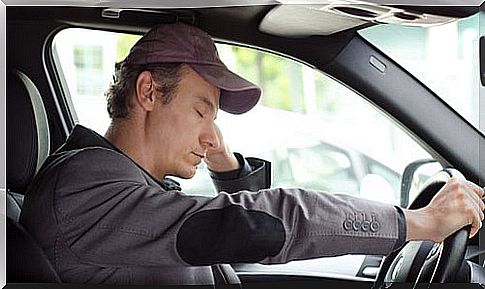
Lack of information is the real problem
80% of the people who consume medications express that they were never informed of the effects of the medication while driving. They state that when the doctor wrote the prescription, he did not mention that it would cause side effects when driving.
It is true that the information leaflets that accompany the drugs include references to side effects. However, a high percentage of drivers express that they do not read them, and others that these prospects say nothing about driving vehicles.
Perhaps it is time to legislate so that a visible alert to mentalize drivers is highlighted on drug packaging. The work of doctors and pharmacists is essential in spreading these harmful effects.
The suggestion to anyone who takes medications of any kind and drives vehicles is to inform yourself. You have to read the leaflet, pay attention to the specific indications and side effects. In those cases where it is convenient, you should consult your doctor.






